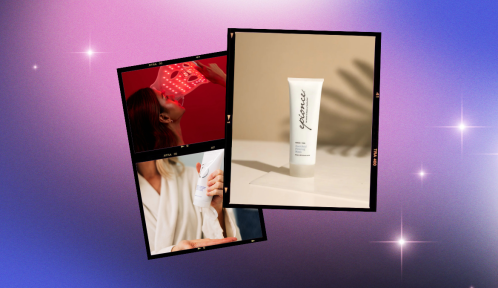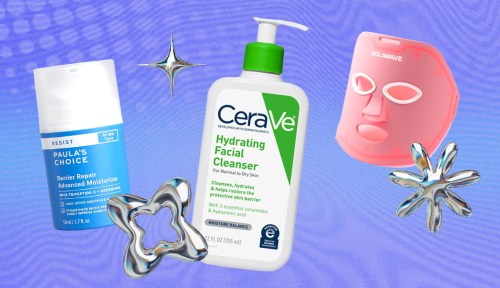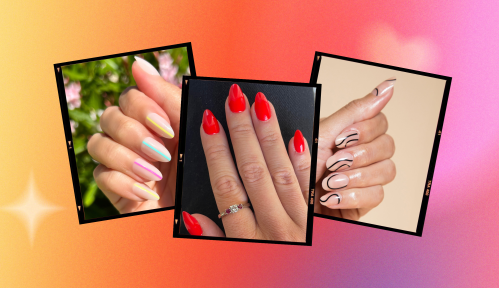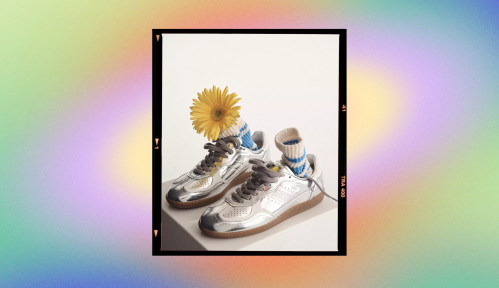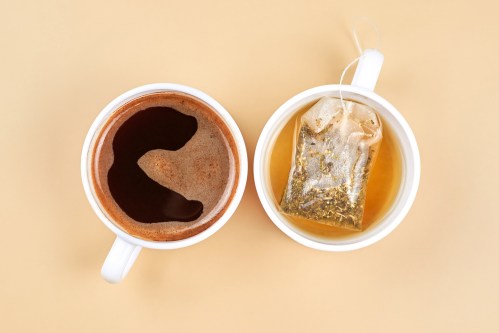
Does this scenario sound familiar: You’re looking into a magnifying mirror. You think your pores look huge and dirty. And you start to squeeze, and squeeze, and squeeze. The next day there’s a scab, a lump that hurts to the touch, and no doubt some regret.
Elena Rubin has seen this play out before. At least once a week, the holistic Soho facialist gets an email from a client—usually with the word “help” in the subject line, she says.
Half-jokingly, Rubin refers to the condition—which can vary from mild to extreme—as “skinorexia,” a tendency to pick at imperfections where none really exist. “We all get pimples, but these clients can’t leave them alone,” she explains.
This behavior is surprisingly common, and afflicts up to one-third of the population, mostly women in their teens, 20s and 30s, says Hadley King, MD, a dermatologist with Day Cosmetics Laser & Comprehensive Dermatology.
This Parisian Skincare Brand Is Launching in the United States for the First Time—Here’s What a Derm Wants You to Know
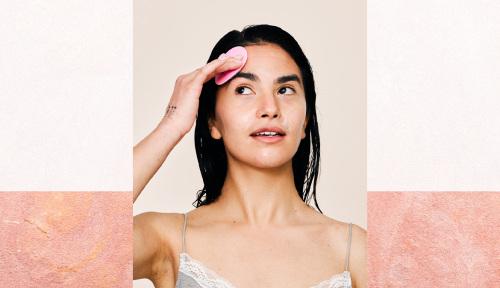
We’re Calling It: Cleansing Balms Are the Face Wash of the Future—Here Are 3 to Add to Your Cart
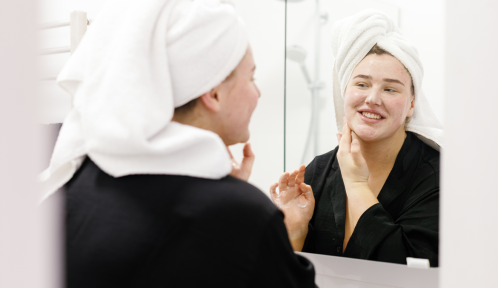
This Is the One Product That Scarlett Johansson Always Keeps in Her Purse and on Her Bedside Table
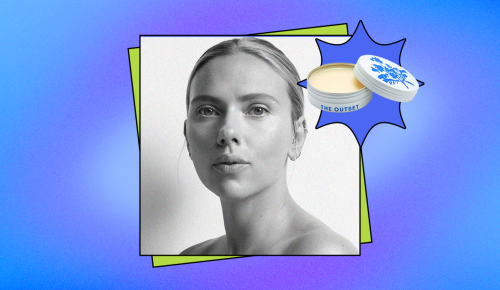
Called dermatillomania or acne excoriée des jeunes filles (loosely translated as “acne scratching by girls”), pore tampering is rooted in psychology—but inflicts its trauma on the skin, often the face. Young patients with OCD, anxiety, or depression are particularly susceptible. But anyone can fall prey, says Dr. King, adding that picking offers a form of serotonin relief.
Amy Weschler, MD, a New York City dermatologist and psychiatrist, addresses this issue in her book, The Mind-Beauty Connection. Part of Dr. Weschler’s prescription? Asking patients why they touch their faces—and tossing their magnifying mirrors.
Skin-picking is a symptom of underlying emotional issues, not bad skin, says Dr. King. And if it’s habitual, it requires both a dermatologist and a psychologist for treatment.
Rubin has seen the long-term effects of acne excoriée. “Long after the pimples are gone, the skin’s often left looking lax, pitted, and uneven,” she says. The tragedy? There was likely nothing wrong with their skin to begin with. —Jean Tang
More ReadingExtraction wars: Aestheticians face off over pore pressure10 tips for dealing with the curse of adult acneWhy bone broth is being sipped as a beauty booster (with recipe)
Sign Up for Our Daily Newsletter
Get all the latest in wellness, trends, food, fitness, beauty, and more delivered right to your inbox.
Got it, you've been added to our email list.
